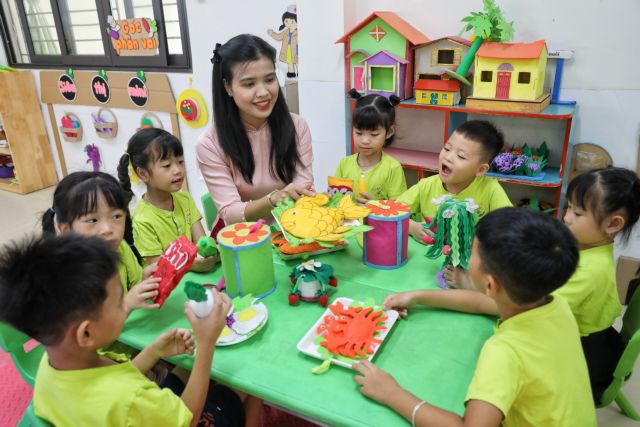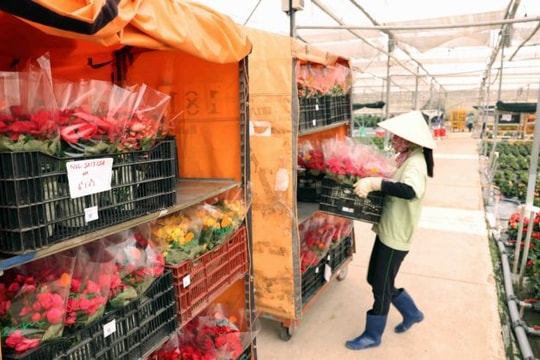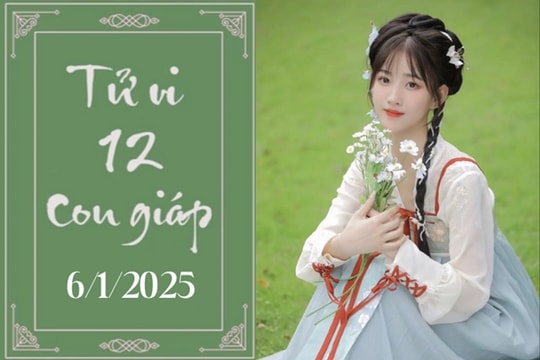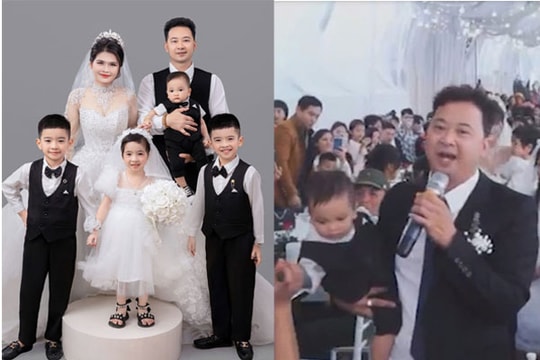 |
| Pre-school children during a creative sculpting activity at Song Mai Kindergarten in Bắc Giang Province. — VNA/VNS Photo Danh Lam |
HÀ NỘI — The Ministry of Education and Training (MoET) recently issued the Five-year-old Child Development Standards, which focuses on six key areas of physical development, emotional and social development, language and communication, cognition, aesthetic appreciation and access to learning.
It consists of key standards and indicators that serve as the guideline for the comprehensive development of pre-school children.
Five-year-old children are defined in the document as children aged 60 to 71 months and 29 days.
Specifically, in terms of physical development, the evaluation criteria include the child’s physical health and motor skills, nutritional, hygiene and safety understanding and practices.
They should have the physical fitness to participate in normal activities and to adapt to the changes in physical activities and the environment.
In addition to fine motor skills, they should have healthy eating habits, basic hygiene routines and safety skills.
In terms of emotional and social development, the child’s development is evaluated based on their self-awareness and social relationship skills.
They are aware and can express their attitudes, manage their emotions and demonstrate responsibility towards others.
They should have appropriate interactions with other people and with their surroundings, while showing honesty in communication with others.
In terms of language and communication, their basic skills are measured through their ability to listen and understand as well as convey their thoughts, which readies them to learn how to read and write.
In terms of cognition, the standards and indicators include understanding and thinking skills, applying basic knowledge and skills to solve simple problems in daily life.
They should also be able to perform tasks related to numbers, counting, measuring, presenting results, identifying shapes and patterns, as well as spatial and temporal indications. They should have an understanding of scientific exploration and appropriate skills to use digital technology.
Regarding aesthetic appreciation, a child’s competency is assessed based on their appreciation of aesthetics and using art as a means to express their emotions, understanding and creativity.
The standards and indicators in this aspect highlight their ideas and emotions in artistic activities and creative application.
In terms of learning, they should have basic foundations for sustainable learning abilities at older ages, such as autonomy in learning and the ability to solve simple problems in daily life. — VNS
























